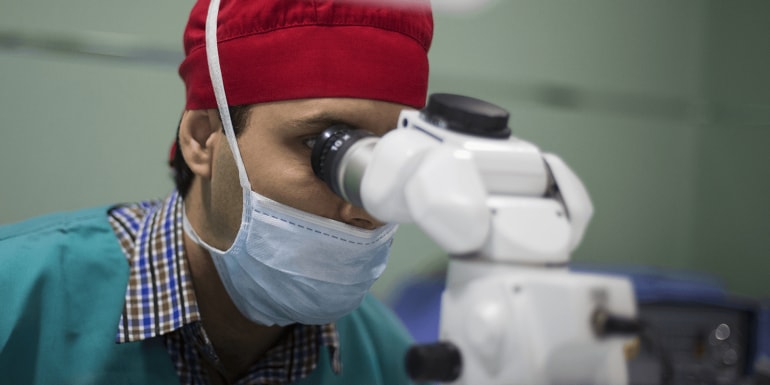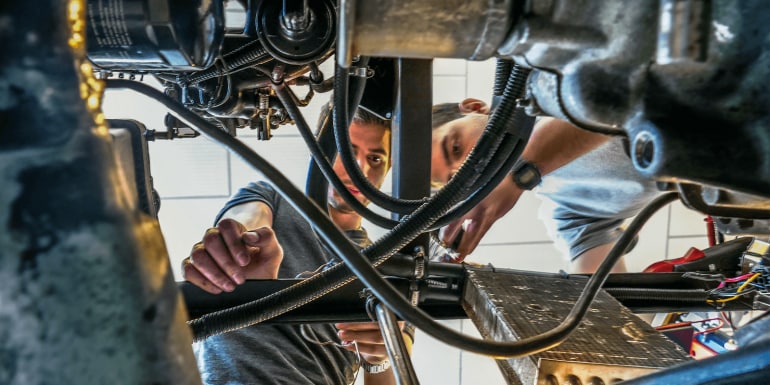
Welcome to the remote workforce
As the Coronavirus continues to spread, organizations like the World Health Organization and US Centers for Disease Control and Prevention are recommending strategies to reduce the spread in communities. A big part of keeping people healthy involves minimizing contact at work and during the commute.
But for many people, teleworking is new and it can be a real challenge, especially if multiple members of the same family-parents and kids-are all trying to work and study together under the same roof.
Nearly one-fifth of Pearson’s employees around the globe work from home full time and thousands more split their time between their home and an office. It’s been part of our company’s culture for years. But, not everyone is a regular in their own home office. If working from home is new to you, we’ve compiled the best tips from our own teleworking employees to help you get through this uncertain time.
Maximize the technology your company has to offer
Confirm the tools available to you while working remotely. That may mean practicing with new technology. It may also mean remembering to take home simple items from your desk or asking your employer for what you think you might need.
Things like a monitor can ease eye strain and a separate keyboard or mouse can be more comfortable while typing. Grab a headset or earbuds from the office so calls and video conferences are easier. You probably can’t take the desk chair from your office, but you are going to need to carve out some kind of dedicated space. Think about how you would manage space if multiple people in your house need to work and study together.
Set expectations now with your boss and colleagues about communication
Agree where, when, and how to best communicate with your team to create awareness and enable efficiencies. Be deliberate about scheduling meeting times and quick check-ins. Will you huddle for 15 minutes virtually first thing in the morning or have a quick wrap up in the evening?
Consider less email and more talking, especially via video conferencing. This can be an uncertain time, so it’s going to be reassuring to hear and see colleagues. Leave your video camera on during meetings – facial expressions and personal connection mean a lot right now.
Create opportunities to talk beyond work discussions
Plan virtual coffee breaks or consider extending virtual meetings to account for all of the chit-chat that you miss by not being in the office. Having extra time in a meeting makes a difference in the quality and depth of a work discussion.
But it also allows you to understand your colleagues better and what they are going through right now. You can ask about people’s work experiences, families or even the photos you now see on their walls. You can introduce your dog, share funny memes or just talk about how everyone is coping with the current situation. Mostly just be human.
Set working hours and keep to them, scheduling time for work, meals, and when to disconnect
Unplugging is just harder when your work from home. Work can bleed into every part of your day if you let it. Set consistent hours and clearly socialize your schedule with colleagues. Get up, get out of your PJs and get dressed in the morning. Follow your regular morning routine as much as you can and let colleagues know when you expect to login and start your working day.
You may not be commuting, but if you have kids out of school you may need to set aside time in the morning to help them login and get started with their online lessons. You may need to stop during the day and care for a child or sick relative.
Communicate those needs to your team. During the day, block out time for work, but also reclaim your lunch and get away from your desk. Take short breaks and don’t let working from home merge into your evening or family time.
Give your colleagues a virtual pat on the back!
Now is the time when people need that inspiration and encouragement. So build up colleagues when you can, even if it’s an email shout-out to their boss, a thank you for going the extra mile or a “You got this!”.








